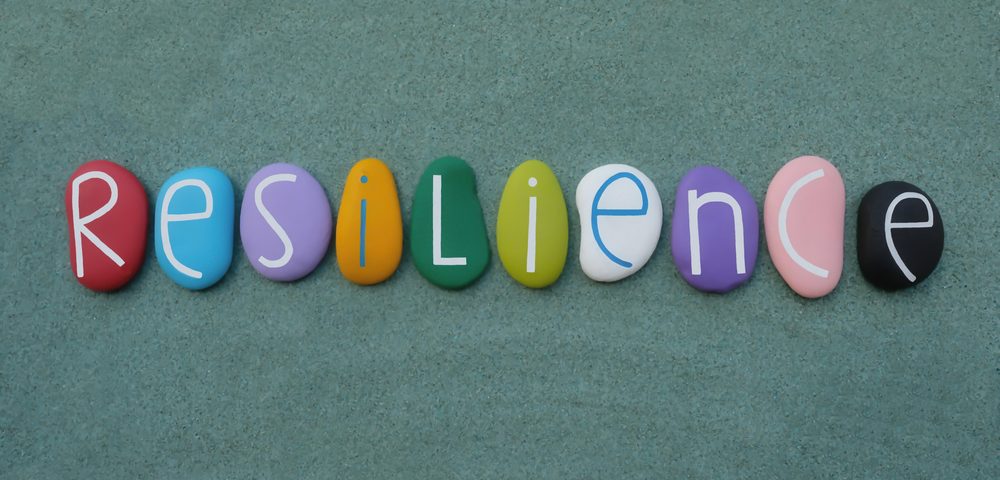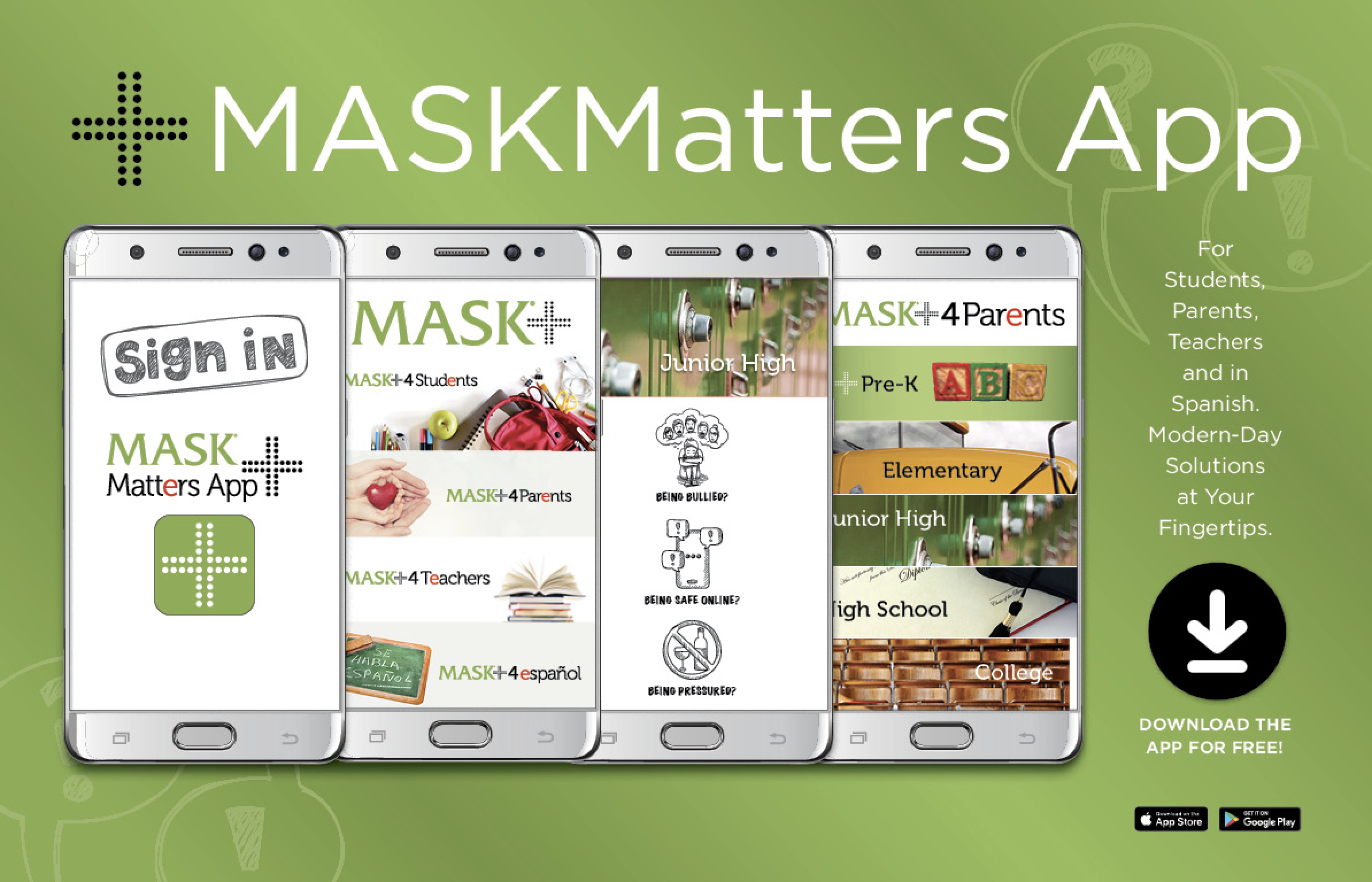
Wired & Tired
October 27, 2021
Social Connections
October 30, 2021
We can’t control the behaviors of others. And because of that, we can’t protect our kids from every negative experience. We can, however, give them the tools they need to deal with—and power through—those situations. Many times, the best way to protect children is to support them and help them grow through the good and bad times.
That’s where resilience comes in. Resilience is the ability to maintain self-esteem through hardship and bounce back. Studies show that resilience can be built. In other words, we can teach youth to be resilient by helping them build self-esteem, and by modeling and engaging them in strong, positive relationships.
Resilience and bullying work against each other. Bullying relies on reactions. When someone says something mean, they’re looking for a reaction to their words—especially negative words, which are used to tear the other person down. Resilience, however, counteracts this by making it difficult for the bully to get the desired reaction. This, in turn, deters the bully to bully others.
At the individual level, adolescents with high self-esteem experience less depression and engage in fewer delinquent behaviors after being bullied. At the familial level, Dr. Lucy Bowes, professor in experimental psychology at the University of Oxford in Oxford, England, says, “warm family relationships and positive home environments help to buffer children from the negative outcomes associated with bullying victimization.”
Resilience has been shown to prevent the experience of bullying in general and the development of bullying behaviors. It is all interconnected—positive family relationships lead to a healthy home environment, often improving self-esteem and leading to more resilient children who are less likely to be targeted and also less likely to bully.
To learn more download the MASKMatters App and read the Actions and Accountability Issue
Available on apple and google play
MASK the Parenting Magazine a quarterly publication providing solutions for Today’s Families.
The parenting manual offering solutions to the modern-day challenges families face. From Pre-K
through College stay up to date on the modern day issues families face.
Are you up to date on the issues your child is facing?
MASK Mothers Awareness on School-age Kids offers parenting solutions for today’s families. MASK tackles important topics – from drugs and alcohol to bullying and Internet safety -and gives students, parents and the community the knowledge and tools to manage these potential challenges.
Subscribe today! https://www.tools4teaching.com/product/mask-the-magazine/
Download and share the MASKmatters app now! Made for children, parents, teachers and in Spanish.
Have solutions at your fingertips
Available free on apple and google play links below
Apple https://apps.apple.com/us/app/maskmatters/id1482305692
Google Play
https://play.google.com/store/apps/details?id=com.maskmatters.maskmattersapp&hl=en_US&gl=US





